Belmore Court: Your next best stay in the West
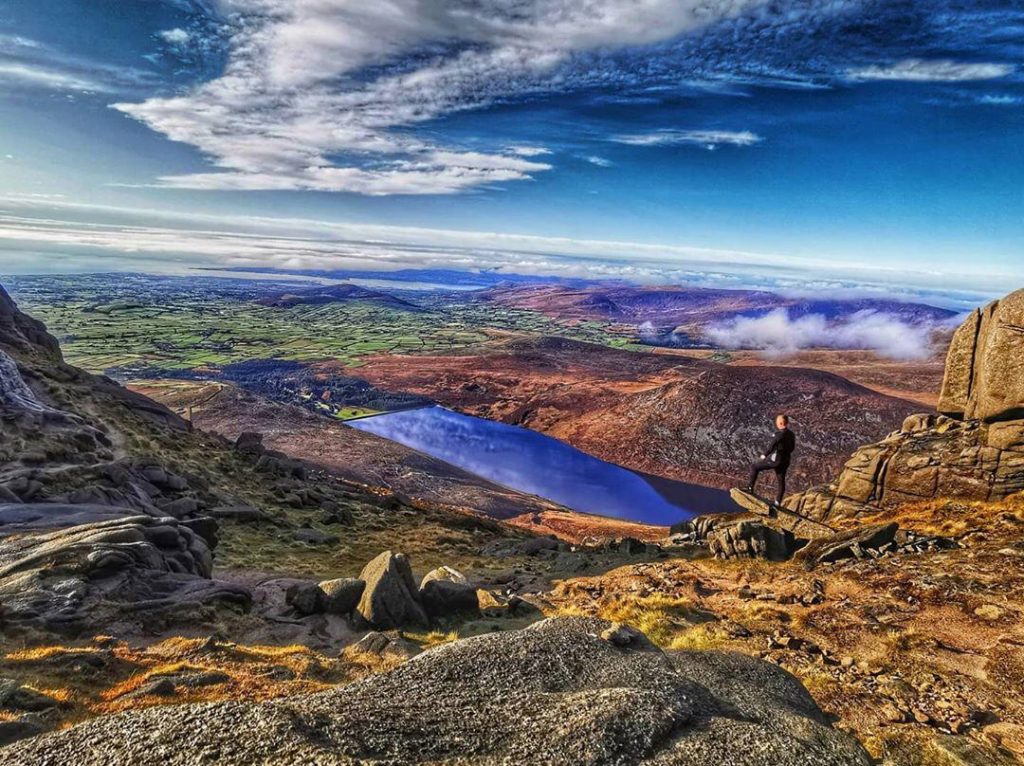
Would you like to sponsor this article?

So, you’ve decided to go for it. You’ve plucked up the courage. You’re going to tackle the BIG climb. It’s your most ambitious climb yet. Maybe part of you is unsure whether you can actually make it, or not. With the right preparation, you’ll not only make it, but you’ll enjoy every moment of it. You’ll look back on the photos and the memories with fondness and great satisfaction.
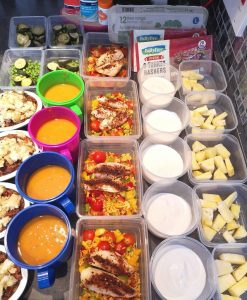
Before you go for a hike taking on board more carbohydrates the day before is generally a good idea. This applies even more so if you’re going for a BIG hike. Oats, pasta, rice, bread and cous cous are all great options to ensure your glycogen stores are well topped up.
During a long hike snacking should become a habit. Try to snack every hour as well as consuming your normal meals. Some great snack options that are dense in quality nutrients include: trail mix, peanut butter, cheese, crackers, beef jerky, biltong, granola bars, flapjacks, tough fruit (eg apples), sandwiches, nuts and seeds.
Try to avoid overly processed snacks with high amounts of refined sugar. Although this can lead to a large spike in energy, it will be followed by an inevitable big crash. Ensure you consume enough carbohydrates and proteins throughout the hike to keep your muscles well energised.
Following your hike, it’s wise to opt for a meal that is again rich in protein and carbohydrates to refuel your depleted glycogen stores and ensure your body repairs microscopic tears in your muscle fibres.
SHOP: Make sure you’re ready for that brew wherever you are with a Mountain Mug!
Find Out More
Before you set off, aim to drink about 500-750ml of water. Obviously, the weather will impact how much fluid your body requires, but when you begin your hike, try to drink approximately 250-500ml every hour. Try to sip rather than gulp.
Try to avoid alcohol and caffeine before and during the hike. Both can have negative effects on your hydration levels. Even after your hike has finished, keep sipping water to ensure your hydration is topped up.

When you develop strength, particularly in your legs and hips, it will stay with you longer than cardiovascular fitness, even if you don’t get to train as much as you’d like. Focus on balance building exercises such as lunges, high step ups, one leg deadlifts and split squats. These can all be done by just using your own bodyweight and stuff about the house. If you have some weights or access to a gym you should certainly avail of these and build up strength progressively and patiently. These all train your single leg strength and develop hip stability which is important when travelling over uneven surfaces for sustained durations.
Be sure to include calf exercises that focus on both stretching and strengthening them. If you can maintain (or gain) better range of motion in your ankles this will alleviate any excessive pressure on your knee joints, especially when climbing and descending.
If you have access to weights you should also think about including deadlifts, hip thrusts and squats if possible. These movements will build lots of power and strength in your hamstrings, glutes and quads making even longer hikes feel much more effortless.
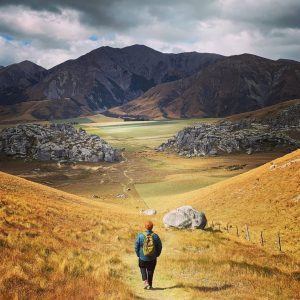
The engine room! If you’re lacking in this department, no matter how great your nutrition is or how good your balance is, you’re simply going to struggle on a big hike. Substandard cardiovascular fitness can mean having to stop too often and it can turn a 3 or 4 hour climb into 5 or 6 hour ordeal. It can discourage you and make you feel like you’re getting nowhere. It could even jeopardise your chances of getting back before dark.
What should you do? There’s nothing else for it – Practice! Put in the work. Go for longer walks. Try different gradients. Build yourself up gradually and stick at it. Hiking once or twice per year isn’t enough to get your fitness levels up. Even if you can’t get out hiking, be sure to keep walking as often as you can.
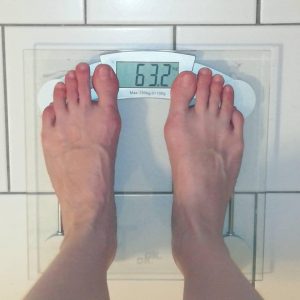
I hate to be the one to mention it, but if you’re carrying excess weight, hiking is going to feel a lot tougher than it should. If you weigh 10kg more than you should, it’s like carrying a weighted vest around with you everywhere you go. Every step you take, your excess weight is sapping more and more energy from your body.
So what should you do? Maintain a calorie deficit to force your body to dip into fat stores for energy. This is a sure way to reduce your weight while maintaining your strength for hiking. Your joints will thank you for it.
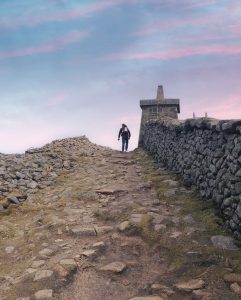
While your ambition should be applauded, it’s important to be realistic. If a small climb leaves you hyperventilating and you need to take a day off work to recover, you might need to take a bit more time before tackling a larger challenge. Fitness takes time to build up. Experience counts for a lot. Even if you consider yourself to be fairly fit and able bodied, long hikes can still be a challenging beast if you aren’t used to them.
Don’t be too tough on yourself. Set yourself smaller, more manageable targets before attempting a really big climb to ensure you aren’t caught out. If you know the mountain you’re going to target, a smart plan is to try climbing about half of it then get back down again. This might not seem like much of an achievement, but it will at least prepare you for what is in store and it will build up your confidence as well as your fitness.
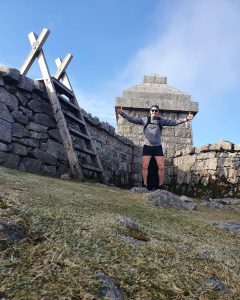
Some other obvious considerations before heading out on a big trek include choosing appropriate footwear and clothing. If it’s wet make sure you have wet gear. If it’s hot in the summer make sure to have breathable clothes that can be easily removed and stored as you move. Boots with good grip, waterproof and have ankle support are essential.
No matter how fit, strong or well fed you are, being cold, wet, miserable or rolling your ankle are enough to ruin your day out.
Have fun!
You can follow Stuart on Instagram or find more helpful articles here.
Cover image by @run2explore365.
 Belfast,Photography
Belfast,Photography
5 scenic walks around Lisburn
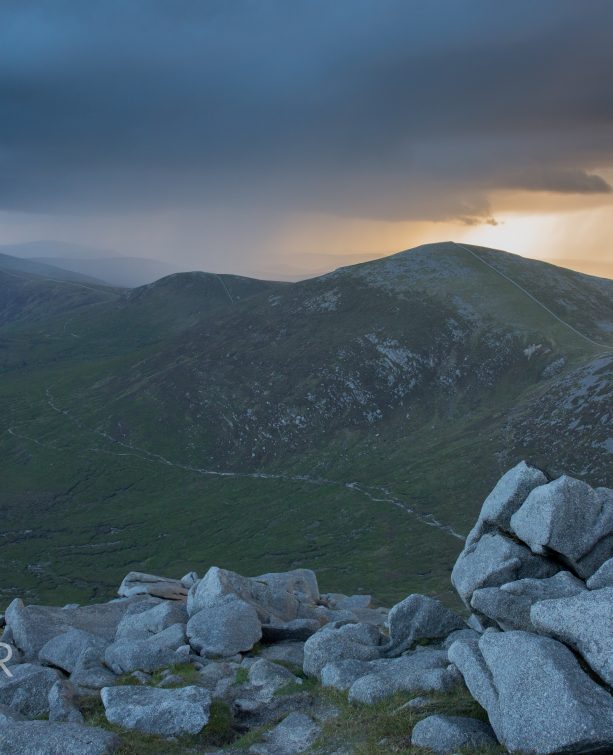 Mourne Mountains
Mourne Mountains
Bearnagh: Chased the sunset, caught the rain
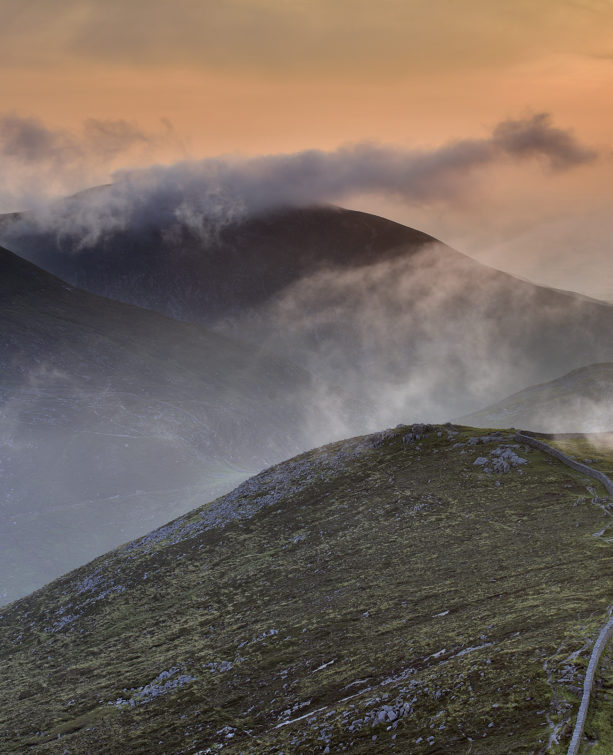 Mourne Mountains
Mourne Mountains
Camping in the High Mournes
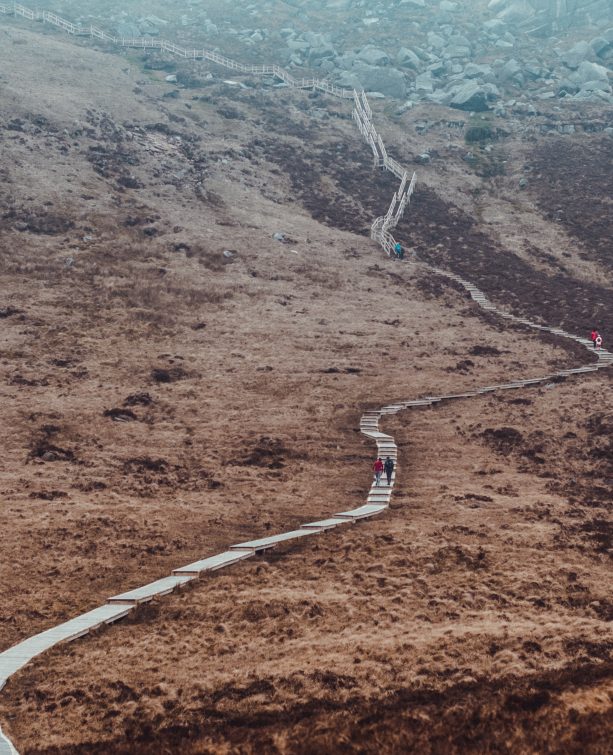 Fermanagh and Tyrone
Fermanagh and Tyrone
Cuilcagh: Stairway to Heaven
 Features
Features
Every Game of Thrones Location in Northern Ireland
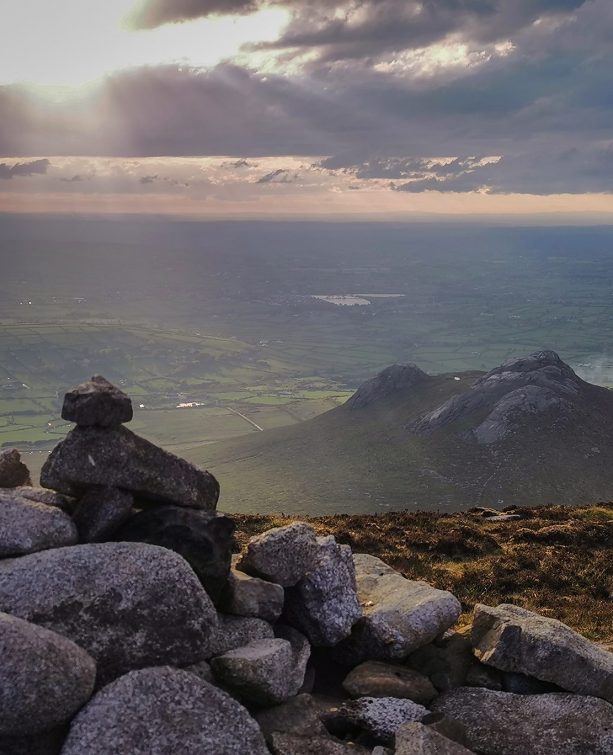 Mourne Mountains
Mourne Mountains
Hen and Cock Mountains
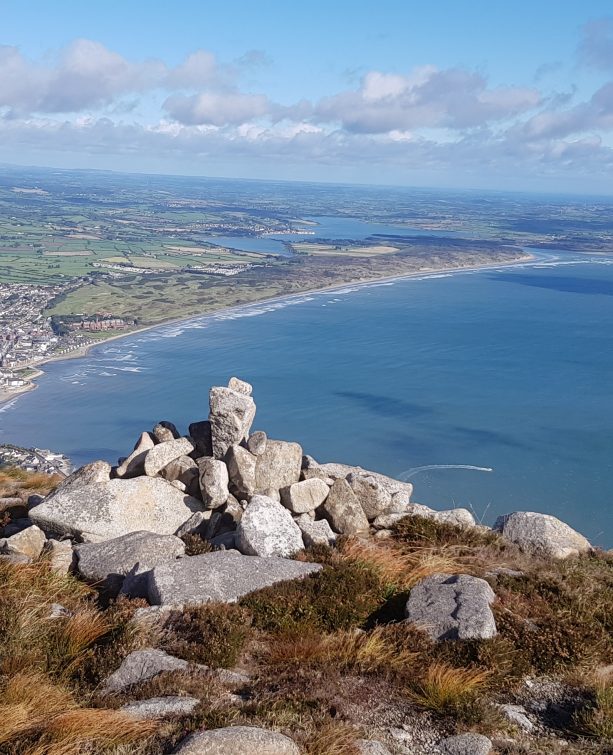 Mourne Mountains
Mourne Mountains
Leganabrachan, Millstone and Thomas: Donard’s Seaside Bodyguards
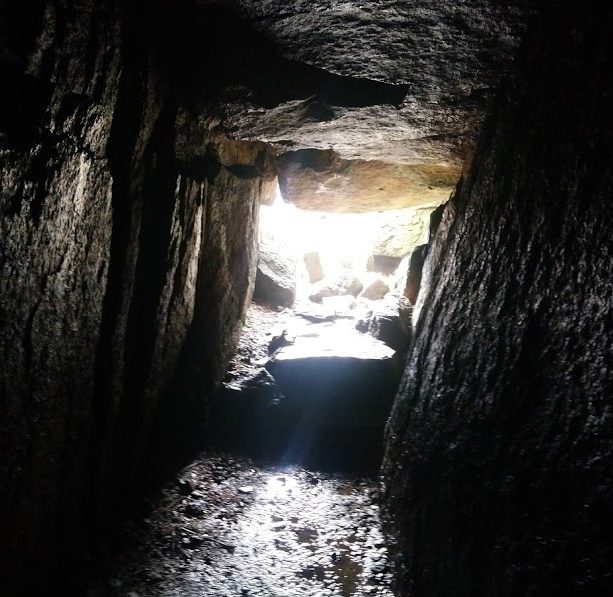 Mourne Mountains
Mourne Mountains
Percy Bysshe and Cove Caves